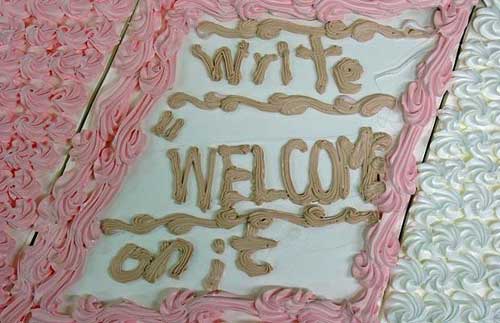Misunderstanding Email #
Summary #
People tend to misinterpret emotion in written communication more often than in face-to-face interactions. Yet, they are more confident of their assessment.

(Photo: MasalaTime)
Commentary #
Misunderstandings arise in any form of communication. For example, when I was in high school, a friend of mine who had missed a Shakespeare test called me on the phone and asked about some of the topics that were covered. At one point he asked:
Are there quotes on the test?
Having just taken the test and been surprised at the large number of quotes I responded (with strong emphasis):
KNOW quotes!
In the context of the conversation, I thought it was perfectly obvious that I was communicating the idea that one should study the quotes carefully. But look at that homophone! (Note that constructed languages like Loglan try avoid precisely this kind of ambiguity.) Later, after having taken the test, he came up to me and asked how I could have said that there weren't any quotes!? I was shocked, since I thought I gave him specific direction regarding this exact issue. Moments later, we realized what happened.
This episode shaped my understanding of how communication is parsed by others. More recently, there has been research into the effects of different modalities on communication. One bias that caught my attention was the dramatic difference between how well people think they understand emotion over email (very well) versus how well they actually perceive emotion (very poorly).
So the next time you think you know how someone feels based on an email from them, try calling or talking to them in-person.
See Also #
-
E-Mail Is Easy to Write (and to Misread) at The New York Times for a related article.
-
Carrying Too Heavy a Load? The Communication and Miscommunication of Emotion by Email for related research.
-
Evaluating Self and Others in Electronic and Face-to-Face Groups for somewhat related research.